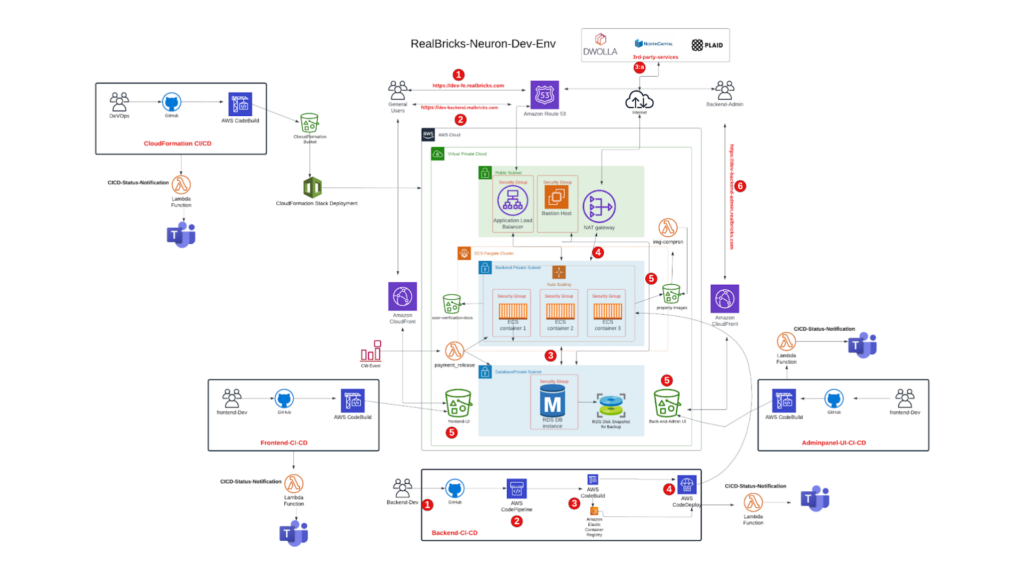Real bricks: A real estate investment marketplace platform
Category: Fintech
Services: AWS Lambda, Amazon CloudWatch, Amazon KMS, Amazon CloudFormation, and AWS WAF
Category: Fintech
Services: AWS Lambda, Amazon CloudWatch, Amazon KMS, Amazon CloudFormation, and AWS WAF

Realbricks is a financial platform democratizing real estate investments by providing fractional real estate investment opportunities through an online platform with a $100 minimum investment requirement. The platform empowers investors with transparent information, comprehensive educational resources, and diverse real estate segments and removes traditional investment barriers. Realbricks fosters an inclusive financial landscape and enriches the lives of investors..
